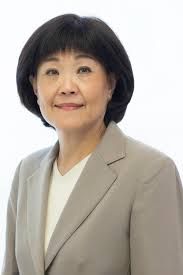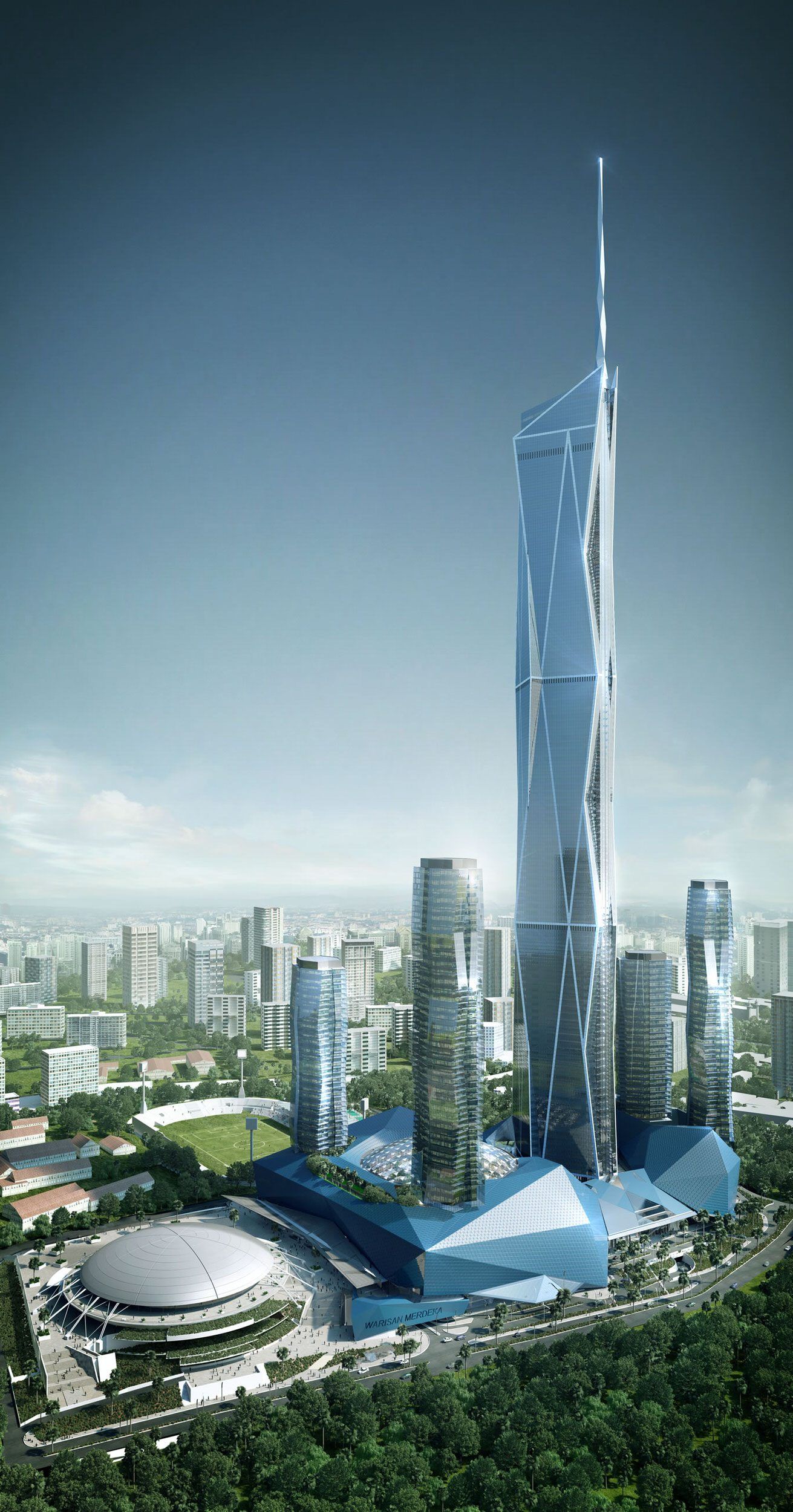At 644 meters—more than 2,112 feet—tall, the PNB 118 Tower, currently under construction in Kuala Lumpur, Malaysia, will be an astonishing sight to behold.
Also impressive: The remarkable career of structural engineer SawTeen See, the woman behind the design of this megatall skyscraper, which is poised to become the fifth-tallest building in the world.
If you’re well-traveled, you may have observed See’s structural design work on skyscrapers in places like Seoul, South Korea, and Shanghai, China. In the United States, she has Cleveland’s Rock and Roll Hall of Fame and Museum and Charlotte’s NASCAR Hall of Fame among her list of credits. See has even made her mark in our backyard with her work on the National Constitution Center and the new Temple University Library in Philadelphia.
In March, she will visit Lehigh University as one of the distinguished speakers for the Spring 2019 Fazlur Rahman Khan Distinguished Lecture Series. See, who has extensive experience in the structural design of the full spectrum of building and structure types, is the president of New York City-based See Robertson Structural Engineers, a distinguished member of the American Society of Civil Engineers (ASCE), and a fellow of the New York Academy of Sciences. She is also on the advisory board of Cornell University’s School of Civil and Environmental Engineering.
Her presentation, “Some Long-Span and Some Tall Buildings by SawTeen See,” will review highlights of her collaborations with architects in the design of pedestrian bridges, museums, convention centers, and some of the world’s loftiest buildings, including the PNB 118 tower. She will discuss projects such as the AIG pedestrian bridge in Hong Kong, the Baltimore Convention Center Expansion, the 492-meter Shanghai World Financial Center, and the 555-meter Lotte World Tower in Seoul (currently the fifth tallest in the world), as well as innovations for some super high-rises of the future. The lecture takes place Friday, March 29, at 4:30 pm in Whitaker Lab 303.
The Khan Lecture Series, co-sponsored by the Departments of Civil and Environmental Engineering and Art, Architecture, and Design, honors Dr. Fazlur Rahman Khan’s legacy of excellence in structural engineering and architecture. Khan’s pragmatic vision ushered in a renaissance in skyscraper construction during the second half of the 20th century. His progressive ideas for efficient high-rise construction resulted in many works, including Chicago’s 100-story John Hancock Center as well as the 110-story Willis (formerly Sears) Tower, the second-tallest building in the United States after One World Trade Center and the 16th tallest in the world.
“SawTeen See has valuable insight to share drawing from her wide-ranging experience in engineering these impressive structures around the world,” says Dr. Dan M. Frangopol, the inaugural holder of the Fazlur Rahman Khan Endowed Chair of Structural Engineering and Architecture at Lehigh. “We look forward to hearing her perspective on her past projects and the future of skyscraper structural design during the 2019 Khan Lecture Series.” Frangopol initiated the lectures in 2007 and has since served as the organizer of the series.
See’s contributions have been widely recognized: In 2017, she was featured in a special issue of the CTBUH (Council on Tall Buildings and Urban Habitat) Journal, “Women in the Tall Building Industry.” She was one of three professionals representing viewpoints of the architect, developer, and engineer in the 2016 AIA-CTBUH program “Women Shaping the Urban Habitat.” The 2006 ASCE publication “Changing our World: True Stories of Women Engineers” featured See as a structural engineer.
See has also led the peer review of two 530-meter high rises in China and collaborated on dozens of other challenging projects throughout the world, including the Suzhou Museum and Suzhou landscaped bridges in Suzhou, China; the San Jose Convention Center in San Jose, California; the National Library of Latvia in Riga, Latvia; and the Minmetals Headquarters in Shenzhen, China.
She has written many technical papers on tall buildings and structural engineering, and has presented at various universities and for professional organizations in the United States and overseas.
At the end of 2017, she withdrew from Leslie E. Robertson Associates after a 40-year career there. Together with partner Leslie Robertson, she set up a new firm, See Robertson Structural Engineers. She is also a design director with Robert Bird Group, a global consulting engineering firm.
The husband and wife team are featured in the newly released documentary Leaning Out: An Intimate Look at Twin Towers Engineer Leslie E. Robertson. The film, which premiered at the 2018 Architecture & Design Film Festival in New York City, tells the story of Robertson’s response to the September 11 attacks as well as his activism in support of human rights and peace.
Robertson, who delivered the Distinguished Fazlur R. Khan Lecture at Lehigh in 2009, is also among the world-renowned experts in structural engineering and architecture who have participated in the series.
The 2019 Khan Lecture Series finishes on April 12 with Karl H. Frank ’69G, ’71 Ph.D. presenting “The Role of Quality Control in Some Notable Bridge Problems.” Frank is professor emeritus of structural engineering, mechanics, and materials at the University of Texas at Austin.
Story by Katie Kackenmeister, assistant director of communications, P.C. Rossin College of Engineering and Applied Science


